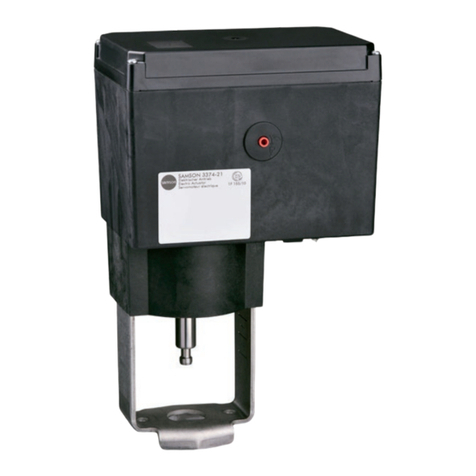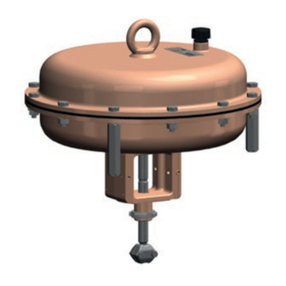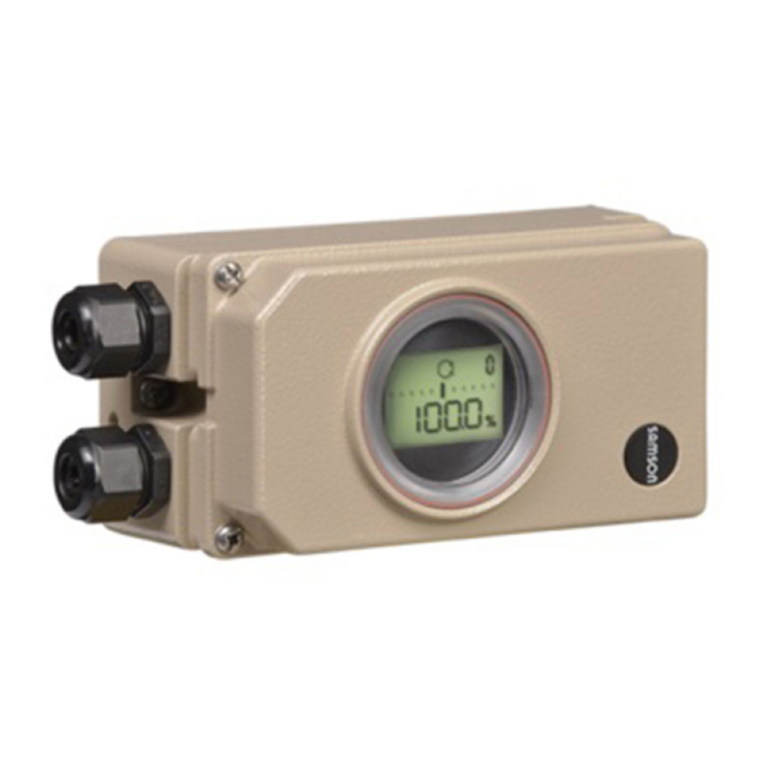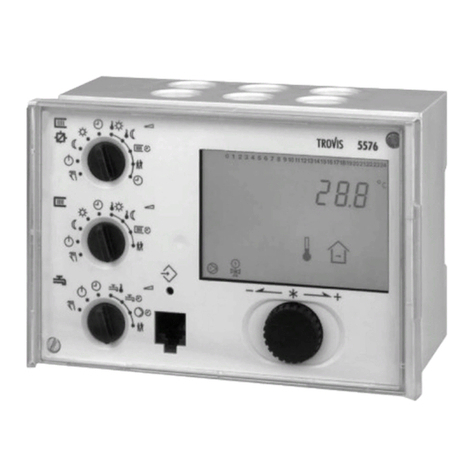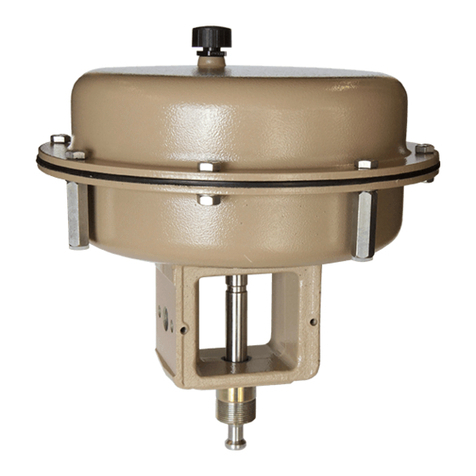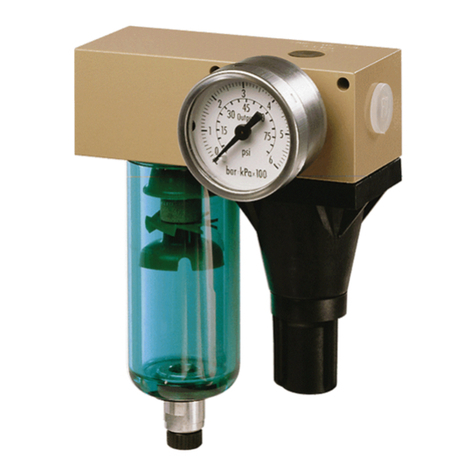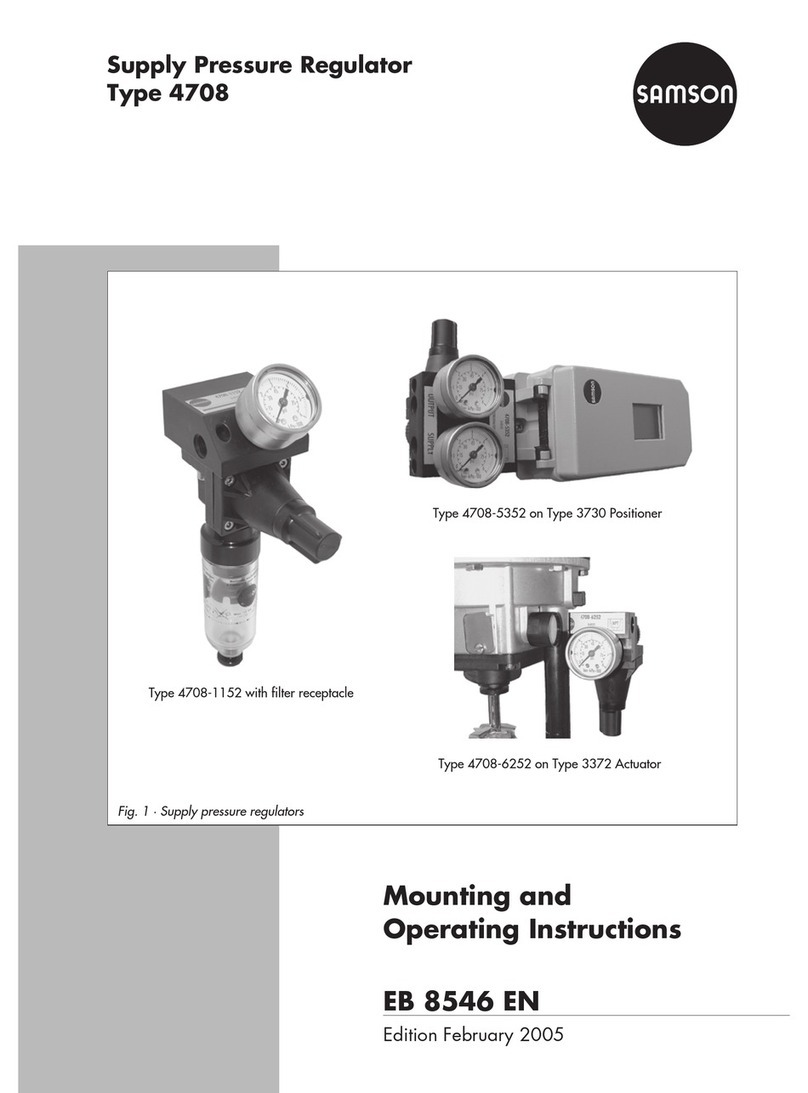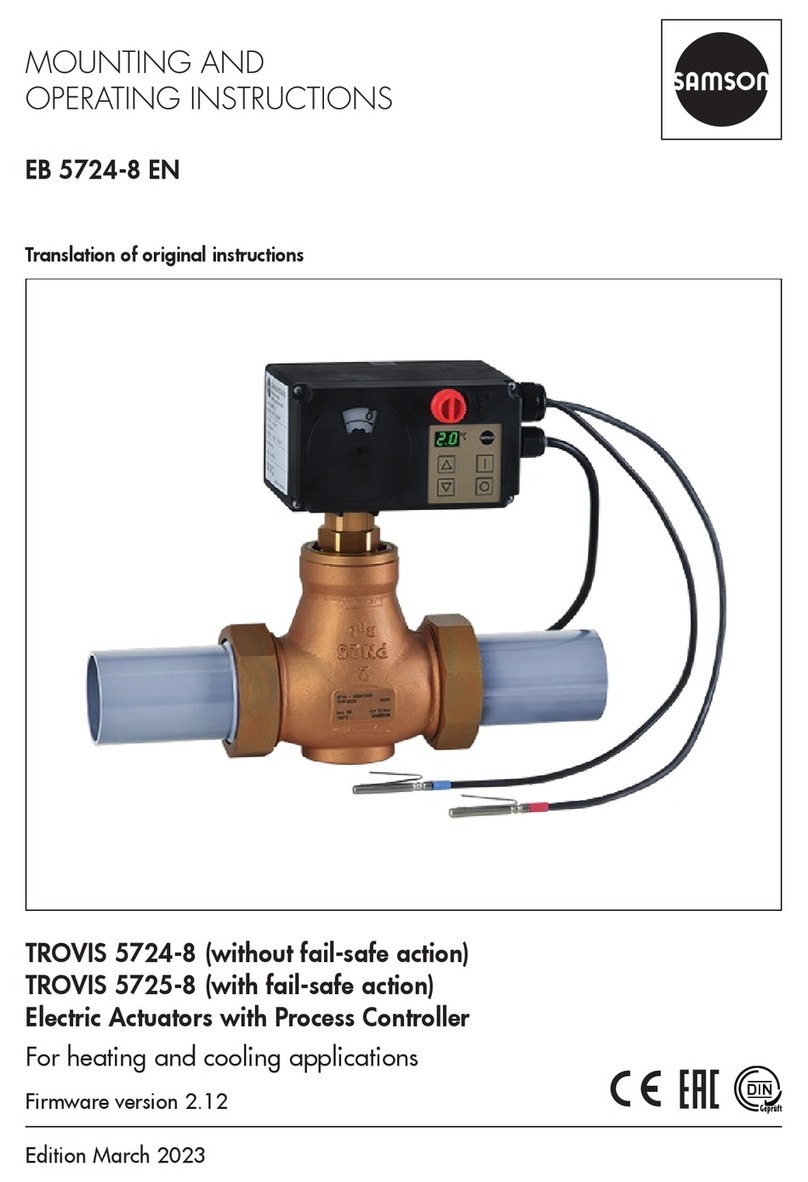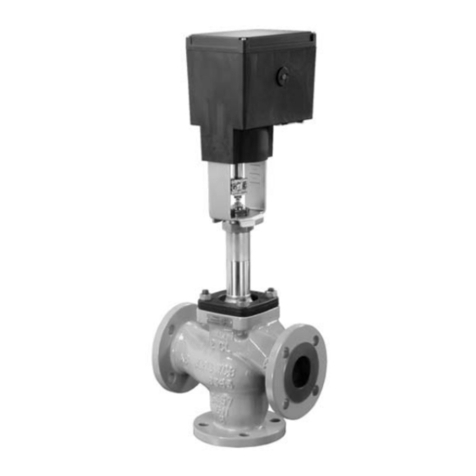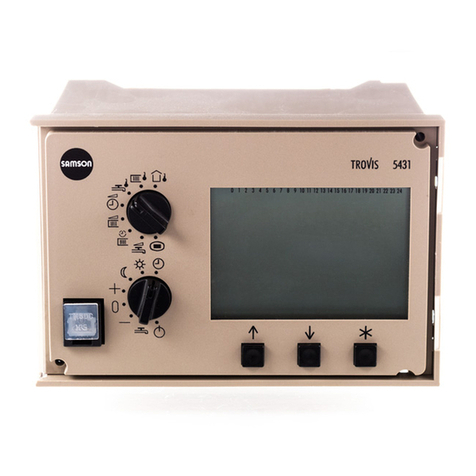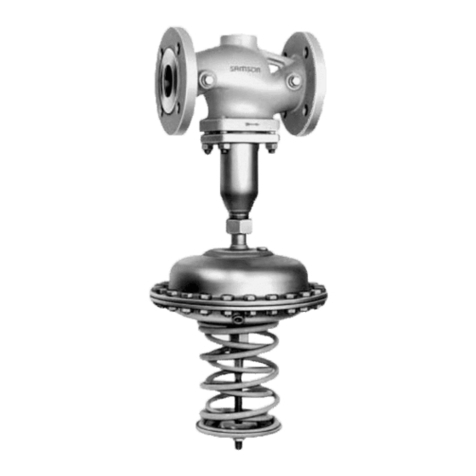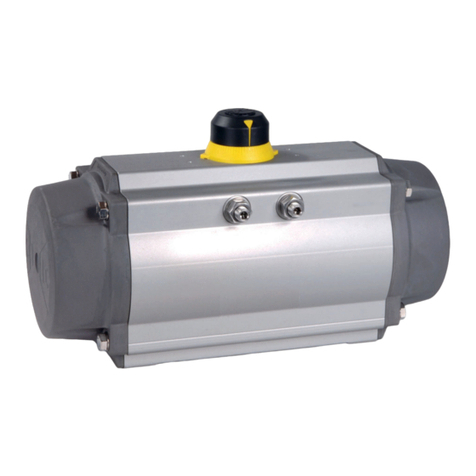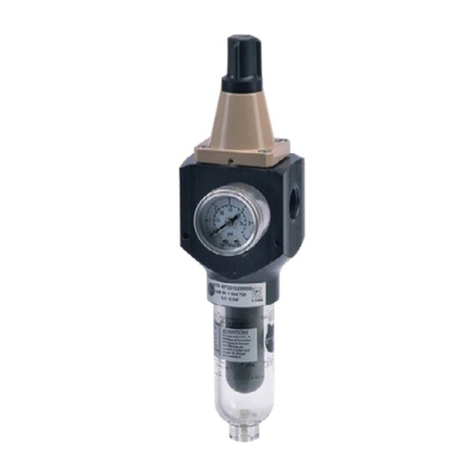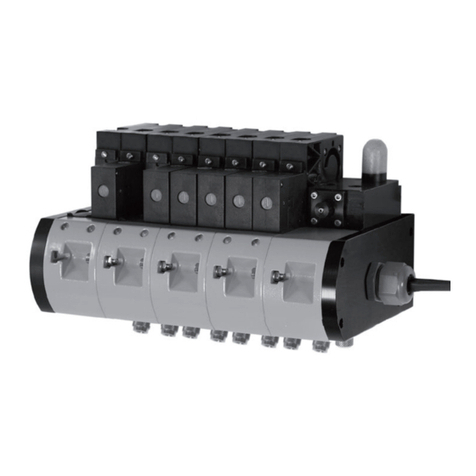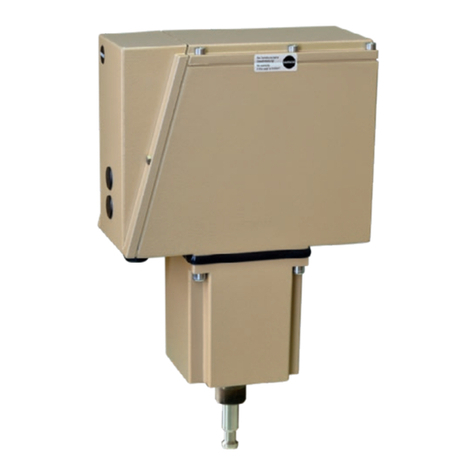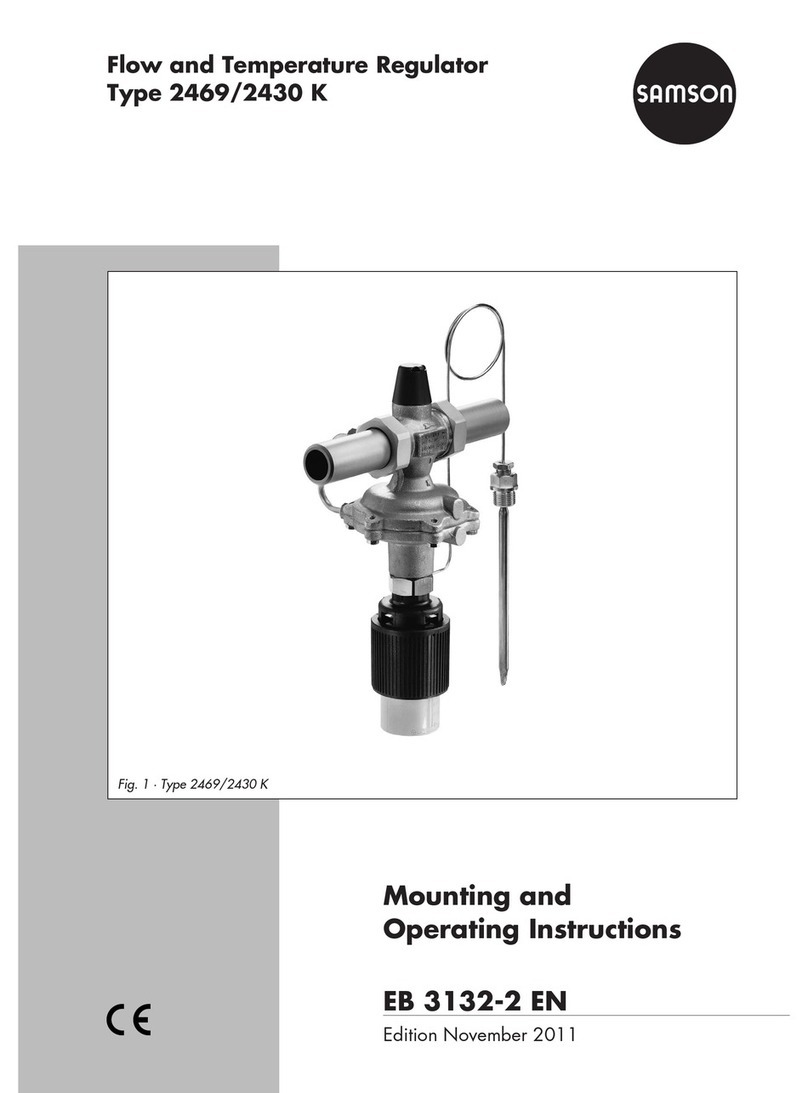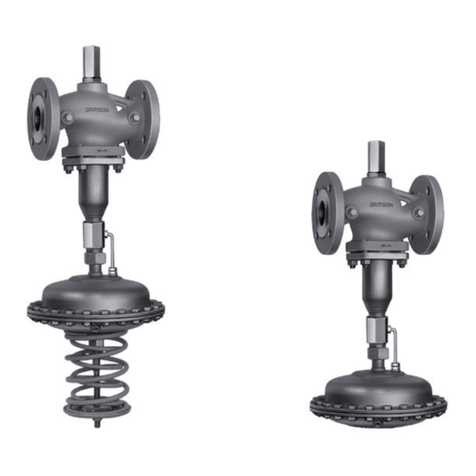
Contents
EB 5757 EN 3
1 Safety instructions and measures ...................................................................5
1.1 Notes on possible severe personal injury .........................................................8
1.2 Notes on possible property damage................................................................9
2 Markings on the device ...............................................................................10
2.1 Actuator nameplate......................................................................................10
2.2 Valve nameplate ..........................................................................................10
3 Design and principle of operation ................................................................11
3.1 Operating controls .......................................................................................12
3.1.1 LEDs ...........................................................................................................12
3.1.2 Handwheel..................................................................................................14
3.1.3 Travel indicator............................................................................................14
3.2 Accessories .................................................................................................14
3.3 Technical data .............................................................................................15
3.4 Dimensions in mm........................................................................................16
4 Preparation.................................................................................................18
4.1 Unpacking ..................................................................................................18
4.2 Transporting and lifting ................................................................................18
4.2.1 Transporting ................................................................................................18
4.2.2 Lifting..........................................................................................................18
4.3 Storage.......................................................................................................18
5 Mounting and start-up.................................................................................19
5.1 Mounting the actuator onto the valve.............................................................19
5.2 Installing the control valve into the pipeline ....................................................19
5.3 Electrical connections ...................................................................................19
5.4 Conguringtheelectricactuator....................................................................20
6 Operation...................................................................................................20
6.1 Manually changing the stem position.............................................................20
7 Servicing.....................................................................................................24
7.1 Preparation for return shipment.....................................................................24
8 Malfunctions ...............................................................................................24
8.1 Emergency action ........................................................................................24

